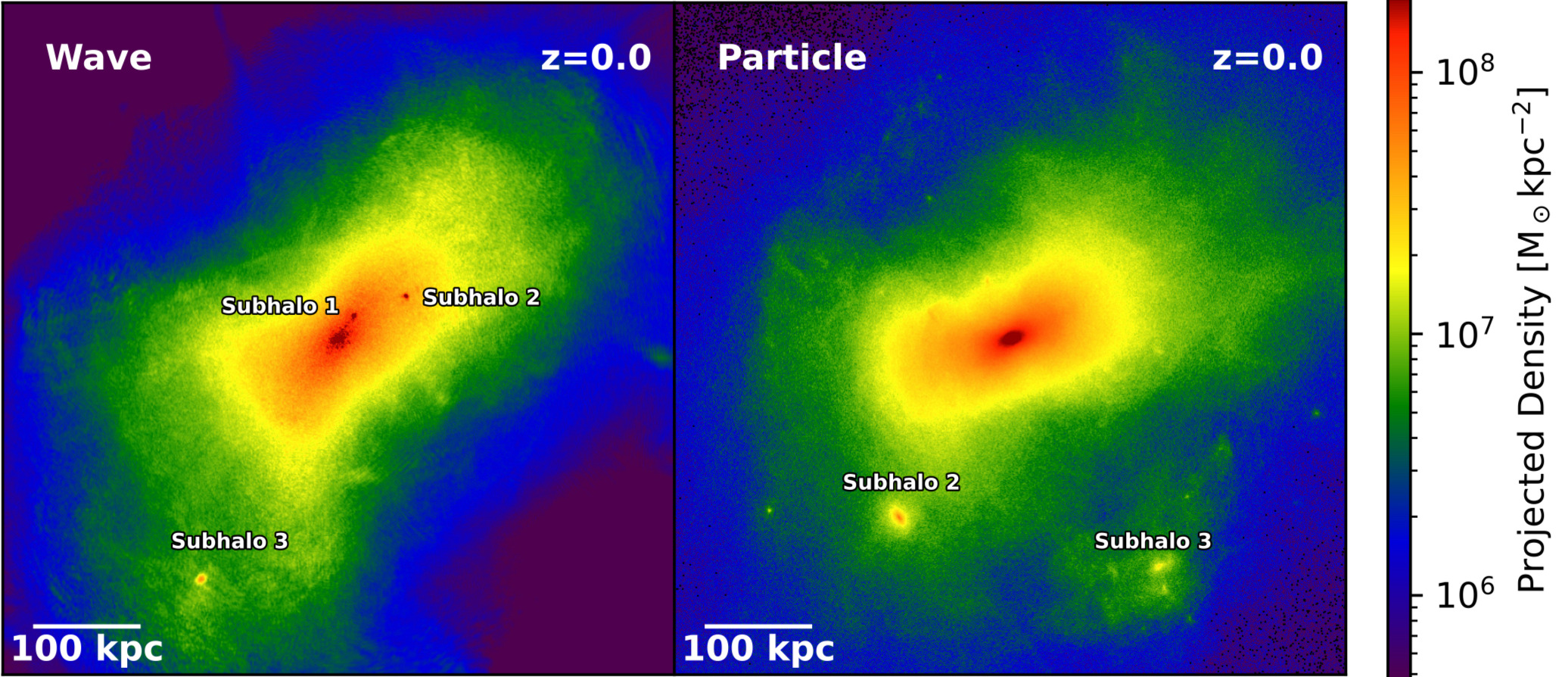Theoretical Astrophysics Colloquia
58th Colloquium
Probing the quantum-like nature of the dark matter using observations of dwarf galaxies in our Milky Way and Local Group
Victor Robles
Rensselaer Polytechnic Institute
Abstract
Satellite abundance in Milky Way-like halos plays a crucial role in distinguishing dark matter models, in particular, in dark matter models where a suppression of substructure is expected below a mass scale. One model that has gained recent interest is the Quantum/Fuzzy or Wave Dark Matter model, where the dark matter is assumed to be very small (~$10^{-22}-10^{-21}$eV/$c^2$), this model predicts a sharp suppression of small-scale structures. Capturing the intrinsic quantum field inference has been numerically challenging with current codes. I will show that with the new implemented fluid-wave hybrid scheme in the code GAMER-2 code, we have achieved a self-consistent Wave Dark Matter cosmological simulation of a Milky Way-size halo with a dark Matter particle mass of $m=2\times10^{-23}$eV $c^{-2}$, which simultaneously resolves the solitonic core of the host halo and captures the complex tidal evolution of subhaloes down to $z=0$. In this talk, I will discuss the implications of the wave dark matter in dwarf mass halos in isolation and the evolution of Wave DM subhalos inside a MW-mass host. I will mention some consequences on the current and future constraints to the quantum-like hypothesis from observations of the satellite abundance and dynamical mass content of nearby dwarf galaxies.


 和 英
和 英